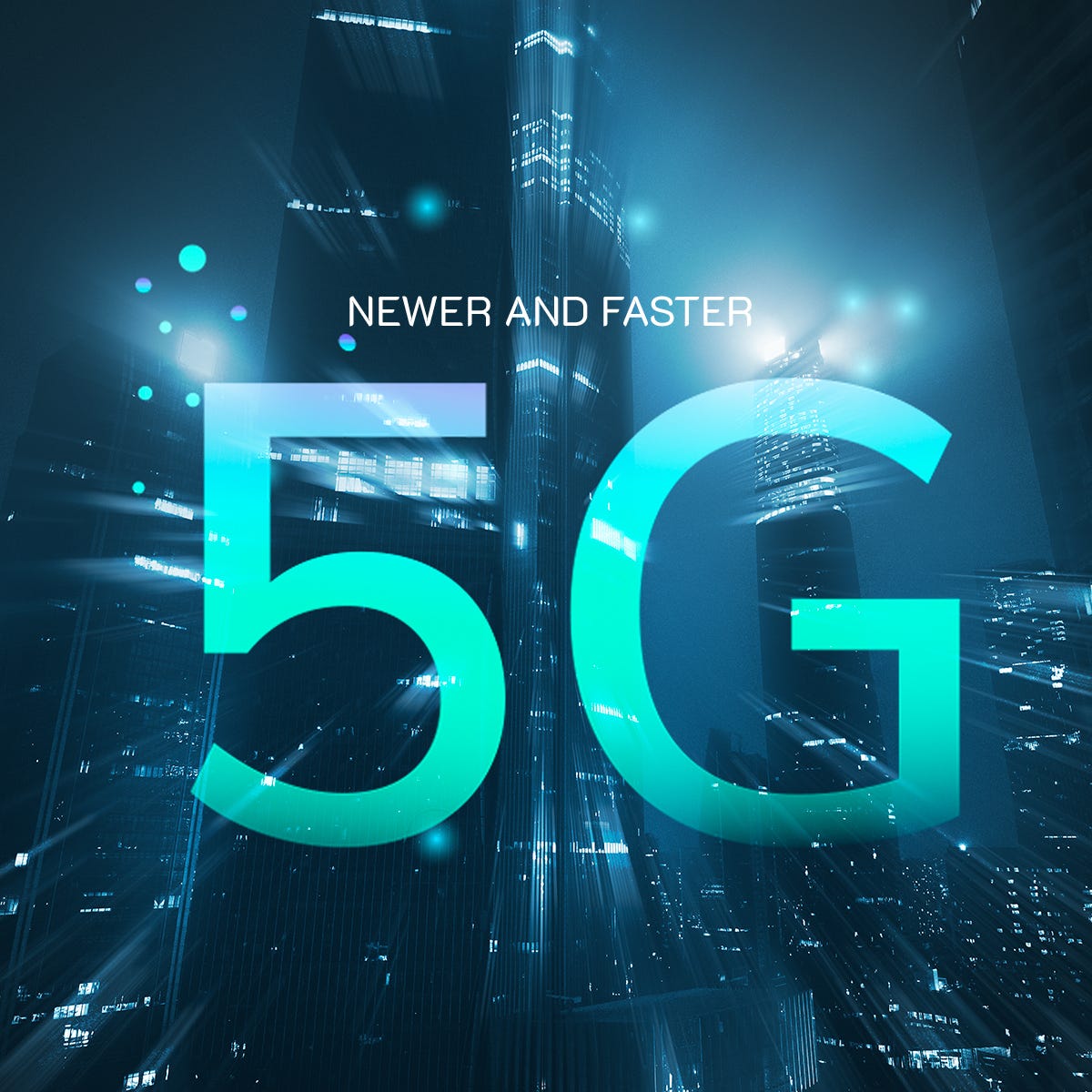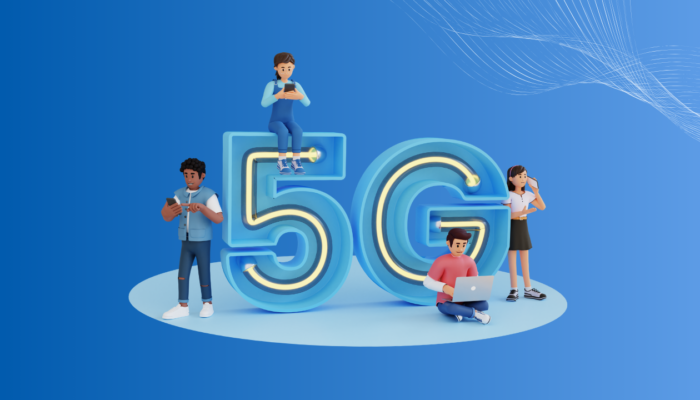Towven.com – The way we connect to the world around us is constantly evolving.
From the clunky brick phones of the past to the ubiquitous smartphones of today, cellular network technology has undergone a remarkable transformation. Now, we stand on the cusp of a new era of connectivity with the arrival of 5G.
As the fifth generation of cellular network technology, 5 G promises to revolutionize the way we experience the internet, offering blazing-fast speeds, ultra-low latency, and the potential to transform various industries.
This article delves into the captivating world of 5G, exploring its core functionalities, the advantages it offers over its predecessors, and the exciting possibilities it holds for the future.
Beyond 4G: Unveiling the Core Features of 5G
5G builds upon the foundation laid by previous generations of cellular networks (1G, 2G, 3G, and 4G) but offers significant advancements in several key areas:
-
Higher Speeds: 5G boasts significantly faster download and upload speeds compared to 4G. Peak speeds can reach up to 10 gigabits per second (Gbps), enabling users to download large files, stream high-definition content, and experience online activities with virtually no lag.
-
Ultra-Low Latency: 5 G offers dramatically lower latency, the time it takes for data to travel between devices. This reduction in latency, measured in milliseconds, is crucial for real-time applications like remote surgery, autonomous vehicles, and immersive virtual reality experiences.
-
Increased Capacity: 5G networks can handle a significantly larger number of connected devices compared to 4G. This enhanced capacity is essential for supporting the ever-growing number of internet-connected devices in the age of the Internet of Things (IoT).
-
Network Slicing: 5 G introduces a novel concept called network slicing. This allows network operators to virtually partition the network into multiple slices, each customized to cater to the specific needs of different applications. For example, one slice can prioritize low latency for real-time applications, while another slice can focus on high bandwidth for data-intensive tasks.
These core features of 5 G pave the way for a more connected, responsive, and versatile mobile network experience.
A World of Possibilities: The Advantages of 5G over 4G
5G offers several advantages over its predecessor, 4G, making it a game-changer for various applications:
-
Enhanced Mobile Broadband: 5G enables users to experience significantly faster downloads and uploads, transforming the way we access and consume online content.
-
Revolutionizing the Internet of Things (IoT): The increased capacity and lower latency of 5G networks are essential for supporting the vast number of interconnected devices in the IoT, allowing for seamless communication and data exchange between devices.
-
Transforming Entertainment: 5G paves the way for immersive entertainment experiences, including high-fidelity virtual reality (VR) and augmented reality (AR) applications.
-
Empowering Smart Cities: 5G networks can support the development of smart cities, enabling real-time monitoring of traffic flow, waste management, and energy usage, leading to improved efficiency and sustainability.
-
Boosting Industrial Applications: The low latency and reliability of 5 G networks pave the way for advancements in industrial automation, remote monitoring of machinery, and real-time data analysis for improved productivity and efficiency.
-
Revolutionizing Healthcare: 5 G can enable remote surgery, real-time medical data transfer, and enhanced telemedicine applications, improving access to healthcare services.
These are just a few examples of the many advantages that 5 G offers over 4G. As the technology matures and becomes more widely adopted, we can expect even more innovative applications to emerge across various sectors.
Beyond the Hype: Challenges and Considerations for 5G Deployment
While the potential of 5G is undeniable, there are some challenges and considerations to address for its successful deployment:
-
Infrastructure Development: Building and deploying the necessary infrastructure for widespread 5G coverage requires significant investment in new cell towers, fiber optic cables, and network upgrades.
-
Device Compatibility: Not all devices are currently equipped to leverage the full potential of 5G. As the technology matures, we can expect a wider range of 5 G-compatible devices to become available.
-
Security Concerns: The increased complexity of 5 G networks raises new security concerns. Implementing robust security measures is crucial to protect users’ data and privacy.
-
Energy Consumption: The increased capacity and performance of 5 G networks come with a higher energy footprint. Developing energy-efficient solutions will be essential for sustainable deployment.







